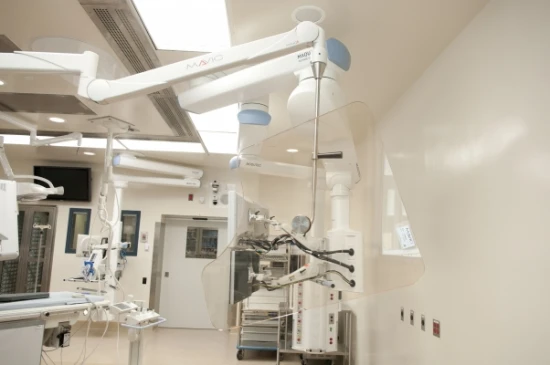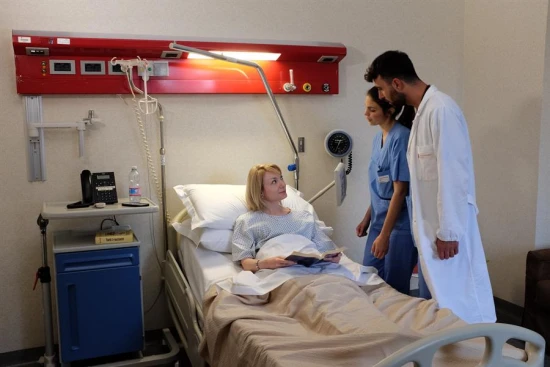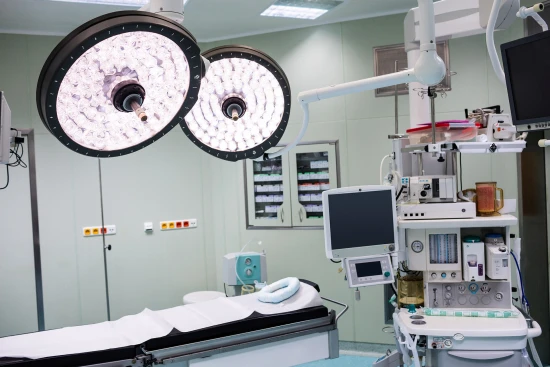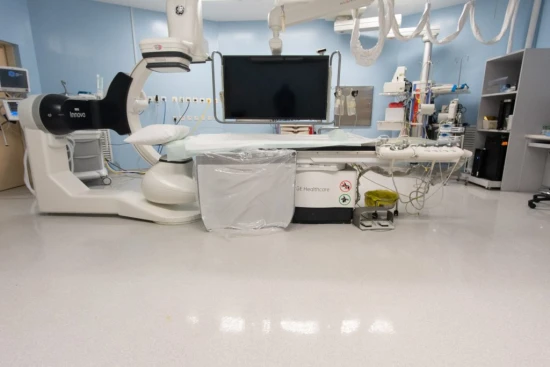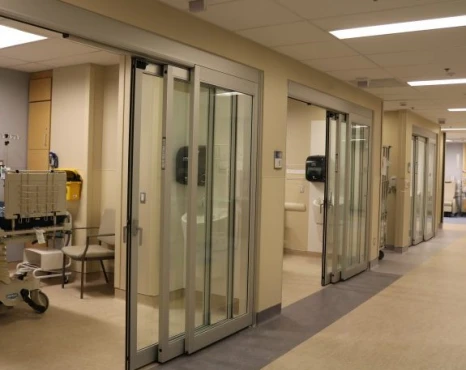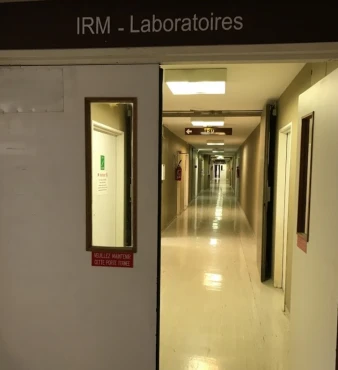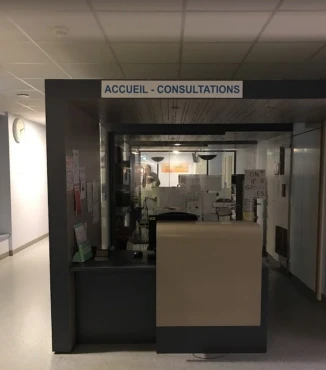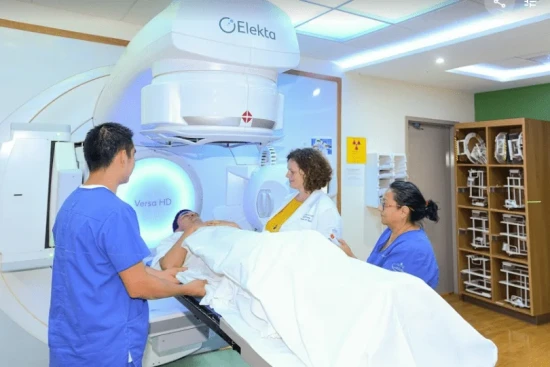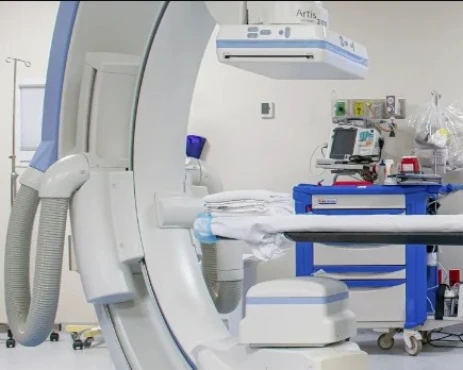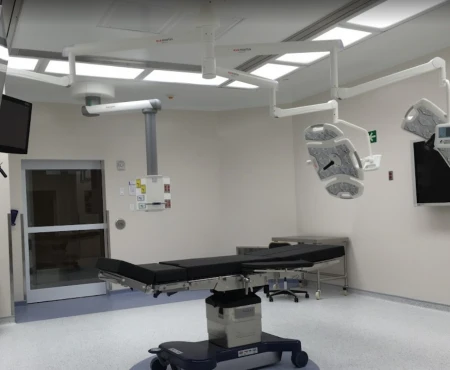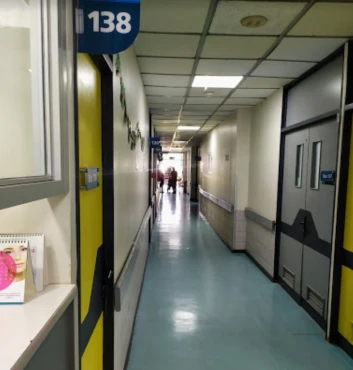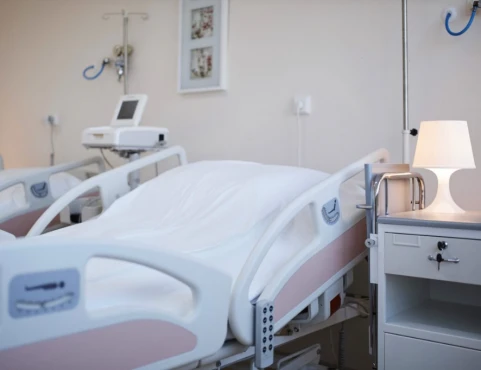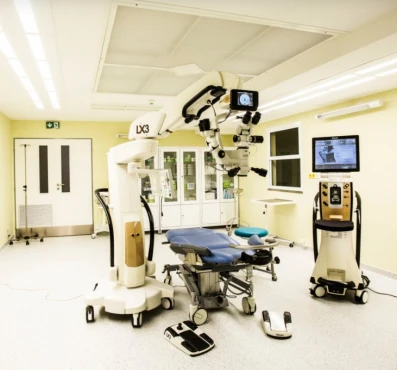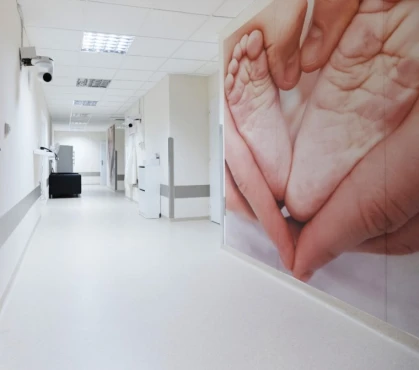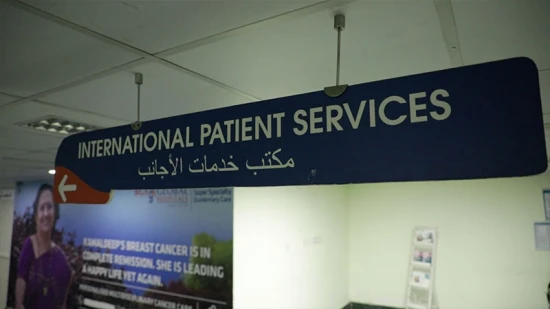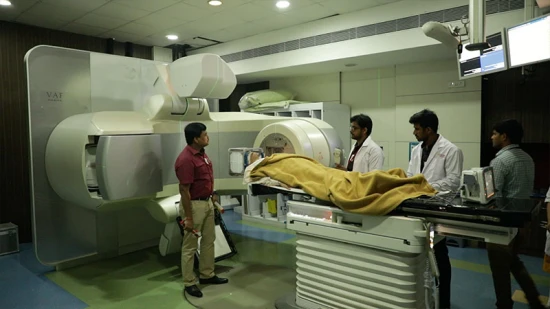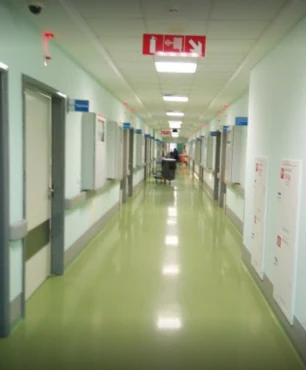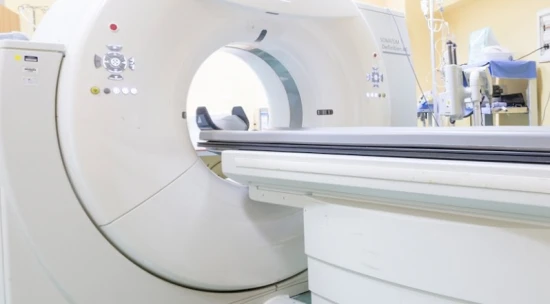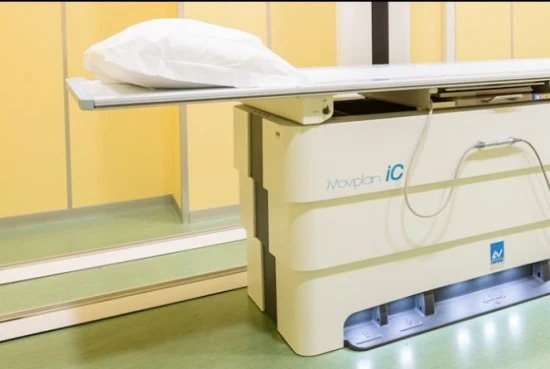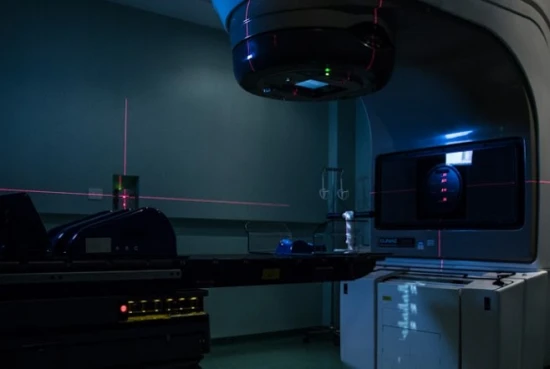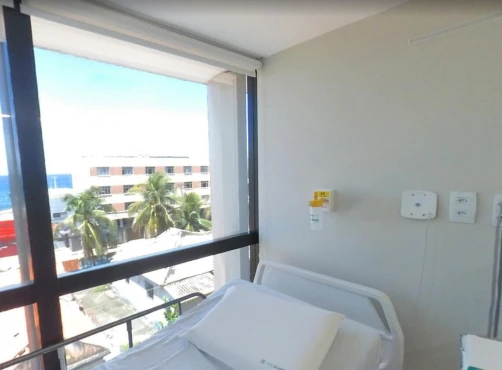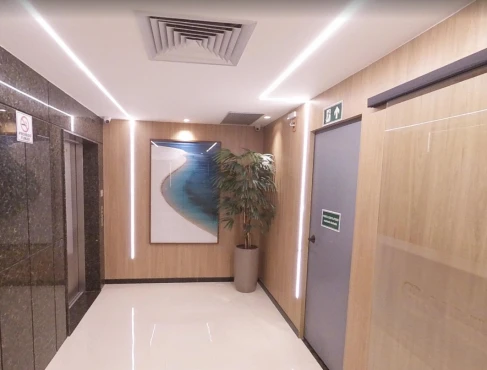Why are thoracentesis procedures in clinics needed worldwide?
Thoracentesis procedures in clinics are performed worldwide for personal reasons and medical purposes. Thoracentesis is needed so a person can get rid of pleural effusions. Moreover, it also helps to relieve pneumothorax.
Thoracentesis is a crucial procedure. If the accumulated fluid is not gotten rid off, a person cannot breathe normally. Hence, thoracentesis procedures in clinics are needed worldwide. So that people can breathe and get rid of suffering symptoms.
Following are some reasons which will help you to understand the significance of procedures:
- To do palliative care.
This situation comprises those cases where thoracentesis cannot treat the underlying conditions. Hence, it is performed to ease down the symptoms. Symptoms comprise shortness of breath and pressure exertion on lungs. And these symptoms are caused due to accumulation of fluid in pleural spaces. Hence, thoracentesis procedures are needed. Resultantly, patients can get relief from the aforementioned suffering conditions. - For diagnostic reasons.
Another reason for which thoracentesis in clinics is performed comprise diagnostic reasons. Thoracentesis is done by obtaining the fluid from pleural space. Then the fluid gets analyzed for various conditions. These conditions comprise pleural effusions, pneumothorax, cancer or any other infection. This diagnosis then in turn helps in providing guidelines regarding treatments. - For monitoring of severe conditions.
Thoracentesis is needed when repeated and chronic pleural effusions occur. To treat those recurrent effusions, a thoracentesis procedure is performed. Hence, pathogenic fluid which becomes entrapped can be removed. Moreover, further complications can also be prevented. - For research purposes.
Thoracentesis procedures in clinics are also carried out for research and educational purposes. The sample obtained from pleural spaces is studied and analyzed. Hence, upcoming complications and associated diseases can be easily understood.
What is thoracentesis?
Another name for thoracentesis is pleural tap. It is a medical procedure carried out to get rid of accumulated fluid. Excess air entrapped into pleural spaces is also gotten rid off. The purpose behind doing thoracentesis is to give relief to the patient. Relief is given from various therapeutic symptoms. They comprise shortness of breath and pressure exerted on lungs due to fluid collection.
Why might I need thoracentesis?
People suffering from any type of pleural effusion or pneumothorax need thoracentesis to get done. The accumulated fluid is withdrawn with the help of a needle and then sent for diagnosis.
Following are some convincing reasons which will help you know why you need thoracentesis:
- To get away from pleural effusion.
Pleural effusion is the pathogenic fluid present in the pleural spaces. Sometimes it gets hoarded due to multiple reasons. These reasons can be some sort of infection, congestive heart failure, pneumonia or lung infection. People who have the problem of pleural effusion need to get thoracentesis done. In this way, pathogenic fluid can be ridden off. - To clear out pneumothorax.
Pneumothorax is a condition where air gets trapped into your lungs. Consequently, your lungs come at the brink of getting partially or completely collapsed. So, thoracentesis is performed to clear out the excess air from the lungs. Resultantly, your lungs restore their ability to inflate and deflate properly. - For diagnostic purposes.
Another chief reason for which thoracentesis is needed is diagnostic purposes. Basically, the pathogenic fluid present in the pleural space is extracted and then analyzed. Analysis is done to check that either the patient is suffering from other problems. Other problems comprise cancer, autoimmune disease, or any infection. - To give symptomatic relief.
People who are suffering from symptomatic problems also need thoracentesis. Symptoms are breath shortness, lungs distress or excessive pressure on lungs. All these things make it difficult for a person to breathe normally. Hence, thoracentesis is needed to get symptomatic relief. Furthermore, relief can be instantly delivered to the suffering one. - To heal empyema.
Empyema is a condition where pus gets collected in the spaces. The spaces are present between lungs and pleural spaces. This pus then leads a person towards certain infections and breathing problems. Thoracentesis procedures are performed to remove that pus. Hence, a person’s lung health can return to normal. - To get relief from the symptoms of cirrhosis.
It is a medical condition where a person suffers liver failure. Liver failure then causes the fluid to get developed. The fluid then moves upwards in spaces between lungs and pleural spaces. Hence, people suffering from cirrhosis need to get thoracentesis done. So that the fluid can get removed as early as possible. - For pre-surgery evaluation.
Surgeries, where the thoracic region is involved, also need thoracentesis to be done. The reason is simple. If any fluid is already accumulated or air is entrapped, it gets removed. Withdrawal of air or fluid makes it easier to perform surgery. Because the functioning of our lungs also improves.
What are the risks associated with thoracentesis?
Although thoracentesis is perceived as a safe procedure. However, the risks and complications attached with the procedure cannot be denied. There are some risks associated with the procedure of thoracentesis:
- It can cause pain and discomfort.
The procedure is not completely painless. The pain that comes from the procedure is minimized using anesthesia. But one cannot get rid of all the agony caused during the procedure. - Sometimes bleeding can occur.
Although the risk of bleeding during the procedure is very minimal. But sometimes needle or tube insertion can lead to the damage of a blood vessel. Damage can lead to bleeding but the chance of its occurrence is very rare. - Can lead to pneumothorax.
This case is also very rare but can happen. Sometimes during the procedure lungs get accidentally punctured and lead a person towards pneumothorax. - Probability of getting infections.
When the needle is inserted inside, there is a chance of getting a bacterial infection. No doubt, the skin is properly sterilized before the procedure by using sterile equipment. But now the chance of getting infections has declined. - Damage to the nearby structures.
Thoracentesis procedure involves insertion of a needle or tube through the chest wall. There is a little risk that nearby structures like spleen, liver or blood vessels can get damaged.
How do you prepare for the procedure?
Getting prepared for the thoracentesis procedure involves certain steps:
- Medical evaluation of the person is needed.
The very first step in getting thoracentesis done is the evaluation of medical history. It comprises evaluation of medications, blood tests and other physical examinations. Medical evaluation is done to check that either the person is suitable for the procedure or not. - Fasting is advised.
Before performing the procedure, fasting is recommended for a certain time period. Fasting is advised so that the person can get rid of further complications. - Medical adjustments are devised.
Upon reviewing your medical history, your healthcare provider may advise you on a few medication adjustments. You need to follow those recommendations carefully. Those medications may be causing blood thinning in you. Abandoning those medications will minimize the risk of bleeding. - Imaging is done.
Chest imaging is done to locate the size and exact location of pleural effusion. Then, needle insertion is done and further safety of the overall procedure is ensured.
What are the benefits vs risks?
Benefits
Thoracentesis tends to provide various benefits. It depends upon the condition of the patient and severity of the problem. Some common reliefs which thoracentesis can provide are given as:
- Helps in monitoring disease progression.
It is necessary to do thoracentesis in those patients who are suffering from heart failure or cancer. Thoracentesis actually helps us to know the progression of the disease. The level of fluid retention in pleural spaces gets analyzed. Hence, your doctor becomes able to detect the level of your disease. And then he suggests an effective treatment. - Boosts respiratory functioning.
Thoracentesis helps the patient to get relief from the accumulated fluid or air. Resultantly, respiratory distress gets relieved and the person becomes able to breathe normally.
Risks
Although few risks associated with getting the thoracentesis procedure have been aforementioned. But the following list includes a brief summary of all the risks:
- Risk of getting liver/spleen injury (very rare risk);
- Possibility of getting an infection;
- Chance of getting bleeding;
- Probability of developing pneumothorax;
- Likelihood of getting pulmonary edema;
- Some people also suffer from the problem of difficulty breathing.
Conclusion
To sum up, thoracentesis procedures are done in clinics worldwide to treat people. Those who are suffering from congestive heart failure, pneumonia, and other sorts of infections get treated. This procedure is performed to support your respiratory health, so you can breathe normally. It is a low-risk procedure that will ease your breathing, relieve pressure from your lungs, and decline your chest pain. As soon as you see the symptoms of pleural effusion, consult the doctor immediately before it gets too bad. Your healthcare provider is the one who can guide you properly about getting thoracentesis. Also, don’t forget to inform your doctor about the medications you are using. It will help reduce the complications.







